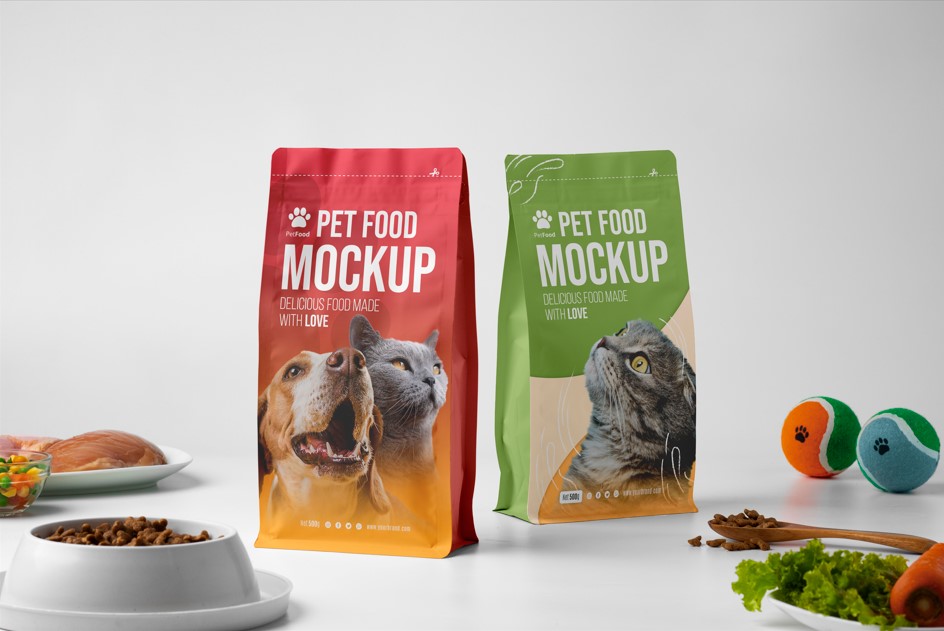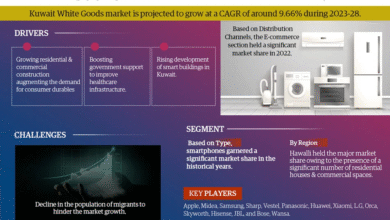Cost-Effective Dog Food Packages for the Indian Market

India’s pet food industry is booming, valued at USD 228.53 million in 2024 and projected to grow at a CAGR of 8.6% through 2030, driven by a surge in pet ownership, which now exceeds 33 million dogs. With only 11-13% of pet owners using packaged dog food, cost-effective packaging is critical to capture this price-sensitive market, particularly in tier-2 and tier-3 cities. Affordable packaging must strike a balance between functionality, regulatory compliance, and consumer appeal while minimizing costs. This article examines strategies for developing cost-effective dog food packages that cater to Indian consumers, utilizing local materials, sustainable practices, and innovative designs.

Understanding the Indian Market and Cost Constraints
India’s dog food market is diverse, with urban consumers favoring premium brands and rural buyers prioritizing affordability. Over 60% of pet owners are middle-class, seeking value-driven products. Packaging costs significantly impact retail prices, with materials and production accounting for 15-20% of total costs. To remain competitive, manufacturers target packaging costs of ₹1-5 per unit for pouches and ₹5-10 for cans. Key considerations include minimizing material waste, using locally sourced inputs, and ensuring compliance with Food Safety and Standards Authority of India (FSSAI) regulations to avoid penalties. Cultural preferences, such as vegetarian options for Hindu consumers, also influence packaging choices, requiring clear labeling.
Regulatory Compliance for Cost Efficiency
The FSSAI’s 2018 Packaging Regulations, updated in 2025 to allow recycled polyethylene terephthalate (rPET) with a minimum 30% recycled content, enable cost savings through the use of cheaper materials while ensuring safety. The migration limits of 60 mg/kg for rPET reduce testing costs, as domestic labs can certify compliance. The Bureau of Indian Standards (BIS) IS 11968:2019 categorizes pet foods, guiding economical packaging choices for dry kibble (88% market share) versus wet foods. Labels must include net weight, ingredients, and manufacturer details as per the Legal Metrology Rules, 2011; however, simple designs help keep printing costs low. Using standardized formats and avoiding complex certifications, such as GMP, for non-premium brands further reduces expenses. For vegetarian products, a green dot label is sufficient, avoiding costly redesigns.<grok:render type=”render_inline_citation”> 2</grok:render>
Cost-Effective Packaging Types
Flexible packaging, such as stand-up pouches and flat bags, is the most economical choice for dry dog food, costing ₹1.25 to ₹3 per unit. These lightweight options reduce shipping costs and are popular in tier-2 cities like Jaipur and Lucknow. Resealable zippers add minimal cost (₹0.5/unit) but enhance consumer appeal by maintaining freshness. For wet foods, aluminum cans are cost-effective at ₹5-8, offering durability without the need for expensive coatings. Paper cans, while slightly pricier at ₹8-10, offer eco-appeal by leveraging recycled fiber, making them suitable for budget-conscious brands targeting urban markets. Folding cartons for treats, priced at ₹2-4, offer a balance of affordability and shelf presence. Small pack sizes (100-500g) cater to price-sensitive buyers, encouraging them to make trial purchases.
Locally Sourced Materials for Cost Savings
Using Indian materials minimizes import costs and supply chain delays. Recycled PET, sourced from Race Eco Chain at ₹80-100/kg, is 20% cheaper than virgin PET. Polypropylene (PP) and biaxially oriented polypropylene (BOPP) films from Reliance Industries or Lincoln Polymers cost ₹90-120/kg, making them ideal for laminated pouches. Recycled paperboard from Tamil Nadu mills, used in paper cans by Sonoco Asia, is priced at ₹50-70/kg, resulting in a 15% cost reduction compared to imported alternatives. Aluminum sheets from Hindalco, at ₹200-250/kg, support economical can production. Multi-layer laminates from Huhtamaki India combine PE and paper for under ₹100/kg, offering barrier protection at low cost. Sourcing via IndiaMART ensures competitive pricing and availability.
Manufacturing Strategies to Reduce Costs
To optimize production, manufacturers can adopt lean processes:
-
Standardized Designs: Utilize stock pouches or bags with minimal customization, resulting in a 10-15% reduction in printing costs. Flexographic printing, common in India, costs ₹0.2-0.5 per unit versus ₹1 for gravure.
-
Local Machinery: Invest in small-scale pouch-making machines (₹5-10 lakhs) or lease equipment to avoid high capital costs. Automated filling systems, like auger fillers, cost ₹2-3 lakhs but boost efficiency.
-
Bulk Sourcing: Partner with local suppliers to secure bulk discounts, reducing material costs by up to 20%. Minimum order quantities of 5,000 units keep inventory affordable.
-
Eco-Friendly Focus: Utilize rPET and recycled paper to leverage government subsidies under the Make in India initiative, resulting in a 5-10% cost reduction.
These strategies ensure that packaging costs remain under ₹ 5 per unit for pouches, making products accessible to middle-class consumers.
Consumer Appeal on a Budget
Cost-effective packaging doesn’t compromise appeal. Simple, vibrant designs using colors like green (for vegetarian products) or orange (for vitality) resonate with Indian buyers. Transparent windows, costing ₹0.3 extra per pouch, showcase product quality, driving a 20% increase in impulse buys. Labels highlighting “no beef” or “vegetarian” cater to Hindu sensitivities, avoiding costly cultural missteps. E-commerce-ready packaging, featuring tamper-evident seals, supports 40% of online sales growth. Bulk packs (1-2 kg) at ₹100-200 offer value, appealing to price-conscious families.
Challenges and Solutions
Raw material price volatility, increasing by 10-15% annually, poses an affordability challenge. Hedging contracts with suppliers can stabilize costs. Supply chain issues in rural areas require local warehousing, adding ₹0.5/unit but ensuring reach. Balancing sustainability with cost is challenging—rPET is cheaper, but it needs quality checks to meet FSSAI standards. Small-scale brands can leverage co-packing facilities to reduce initial investments.
Conclusion
Cost-effective dog food packaging in India utilizes local materials, such as rPET and recycled paper, along with lean manufacturing and simple designs, to meet the needs of a price-sensitive market. By aligning with regulations and consumer preferences, brands can offer affordable, functional, and appealing packaging, driving adoption in a growing industry.
5 FAQs About Cost-Effective Dog Food Packaging in India
-
What materials keep packaging costs low in India?
Recycled PET (₹80-100/kg) and paperboard (₹50-70/kg) from local suppliers, such as Race Eco Chain and Sonoco Asia, reduce costs by 15-20%. -
How do regulations impact cost-effective packaging?
FSSAI’s 2025 rPET rules permit the use of cheaper recycled materials, provided they are labeled in a simple manner that meets Legal Metrology requirements. -
What are the cheapest packaging types?
Stand-up pouches (₹1.25-₹3) and aluminum cans (₹5-₹ 8) are economical options for both dry and wet foods. -
How can manufacturers reduce production costs?
Utilize standardized designs, local machinery (₹5-10 lakhs), and bulk sourcing to achieve 10-20% savings. -
How does packaging appeal to budget-conscious consumers?
Simple, vibrant designs, transparent windows, and vegetarian labels enhance appeal without incurring additional costs.




